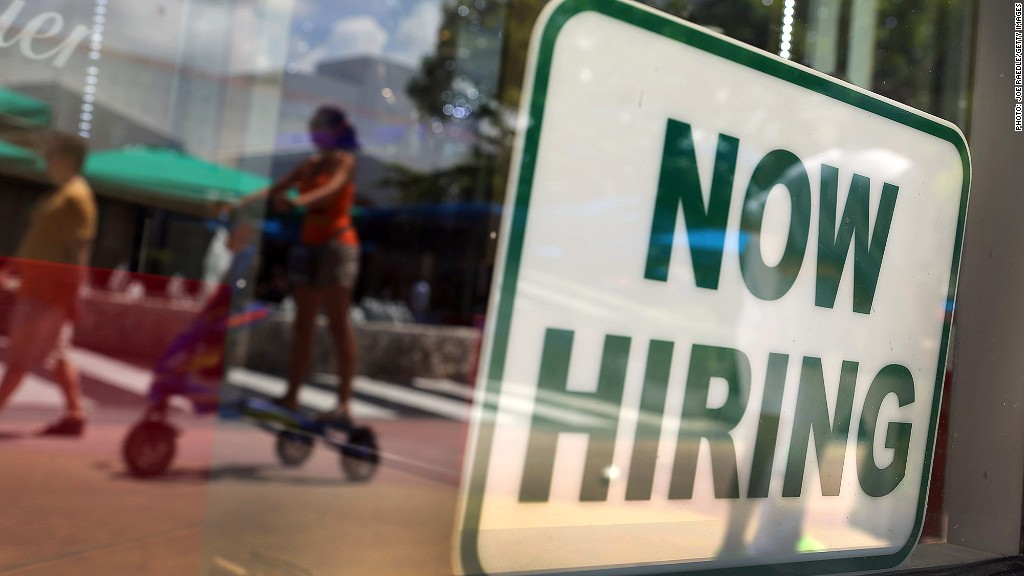
Sometimes, an increase in the unemployment rate is good news for the economy. October was one of those months.
The rise, to 7.9% from 7.8% in September, was due to more people entering the job market. Many of those who had stopped searching for work were encouraged enough by the economy to start looking once again.
In determining the unemployment rate, the Labor Department surveys households to see how many people are in the labor force -- either on the job or looking for work. October's survey showed 578,000 more people than in September. About 170,000 of those have yet to find work, thus the slight uptick in the jobless rate.
"If the unemployment rate is going to rise, this is the way we want it to happen," said Heidi Shierholz, labor economist at the Economic Policy Institute, a Washington think tank.
Only once during the last five years -- in May 2012 -- have so many people returned to the labor force at one time. In September, an additional 418,000 people returned, marking two months of strong growth.

"The data is volatile, but two months like this suggests we might be starting to see people be more confident in the job market," said Shierholz.
Related: It's not just a low-wage recovery
There are other signs of growing confidence in the labor market. Consumer confidence reached a four-year high in Thursday's reading, largely due to improvements in how people viewed the condition of the job market.
"The high level of consumer confidence indicates that voters are feeling better about the economy and its prospects," said Sung Won Sohn, economics professor at Cal State University Channel Islands.
The rise in unemployment comes even as more of the working-age population found jobs -- an increase of 410,000, according to the Labor Department's household survey.
The other reading in the October jobs report found an increase of just 171,000 people added to payrolls, according to a survey of businesses that determines how many workers they have. But people who have gone into business for themselves, those who work for start-ups, or those who are contract employees can show up in the household survey's employment calculation before they show up in an employer's survey.


